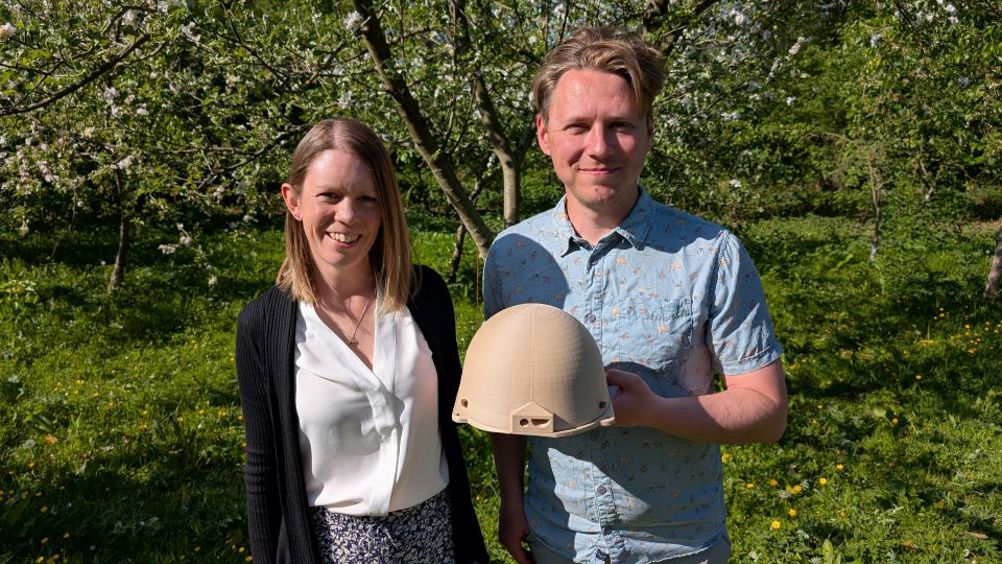Dr Philip Donkersley, an environmental scientist and invertebrate expert at Lancaster University, had the idea for the BeeBox after recognising the need for more bumblebee nesting sites.
“One of my biggest bugbears about bee conservation is that we are always planting more food for them, which is great, but rarely doing any work on providing nesting sites for wild bees.
“Finding suitable habitat and in particular nesting sites can be an issue for bumblebee queens in the spring. These bee boxes can help to address that for both rural and urban areas.”
The BeeBox has been through five years of development to perfect the design. An early iteration was embedded with a webcam to help researchers discover more about bee behaviour without disrupting the nest.
Related content
Dr Donkersley teamed up with Jenny Roberts, a lecturer in Mechanical Engineering at Lancaster University, to develop the BeeBox with the support of Impact Acceleration Account funding from both the Economic and Social Research Council (ESRC) and the Engineering and Physical Sciences Research Council (EPSRC).
Informed through Dr Donkersley’s scientific knowledge about bumblebee nesting behaviours and preferences, as well as testing several versions of prototypes in field trials, Jenny’s design has resulted in a 3D printed nest using sustainable and biodegradable wood-fibre materials.
The structure of the dome shaped BeeBox incorporates cavity wall insulation principles to help regulate temperature within the nest to keep it from getting too hot or cold.
Roberts said: “Using 3D printing and moulding, we initially created a light-proof chamber with a small narrow entrance pipe. Once buried beneath ground, the prototype dome-shaped nests quickly proved to be popular with queen bees on the hunt for a safe place for a nest.
“Following several iterations, we have determined the optimum internal cavity size, focused on creating a homeostatic internal environment, and it’s additively manufactured, so very efficient in material usage and reduces material waste.
“It was really important for us to use wholly biodegradable materials to ensure sustainability, and we needed the design to be strong and robust to withstand the elements and offer a safe potential nesting site. It has been designed to be resistant to predators, such as badgers, as well as curious livestock if used on grazing land.”
Dr Donkersley said: “From a scientific point of view, bumblebee nesting habits are relatively understudied. We took what information we already know about bumblebee nests, such as complete darkness, limited entrances, their use of former mouse nests, and combined this with testing variants on our design that 3D printing allows us to do rapidly. We’ve ended up with a design based on what we know bumblebees need and want.”
People can find out more, or register their interest to purchase a BeeBox for their own gardens, by following this link: BeeBox - Lancaster University











Comment: The UK is closer to deindustrialisation than reindustrialisation
"..have been years in the making" and are embedded in the actors - thus making it difficult for UK industry to move on and develop and apply...